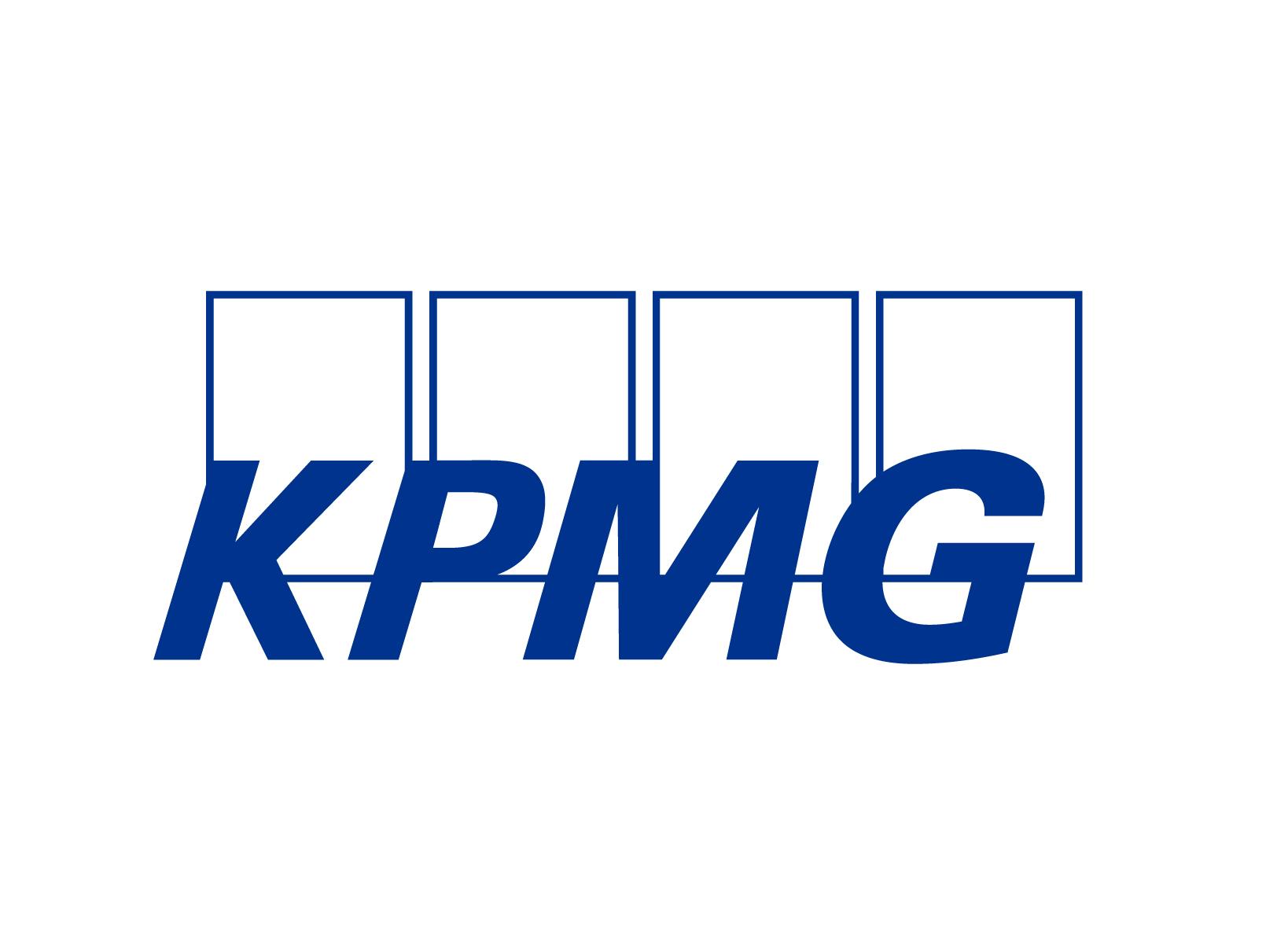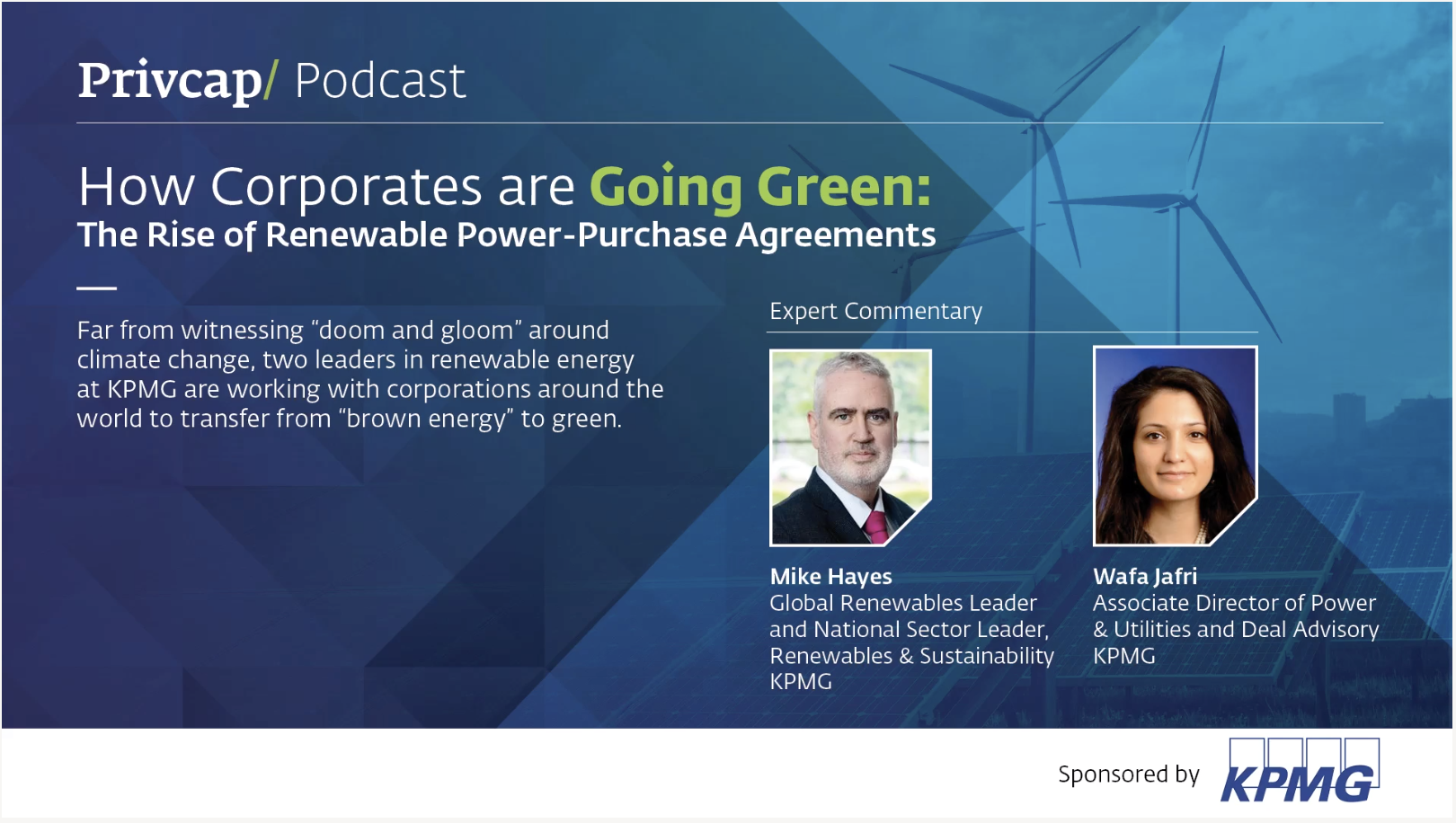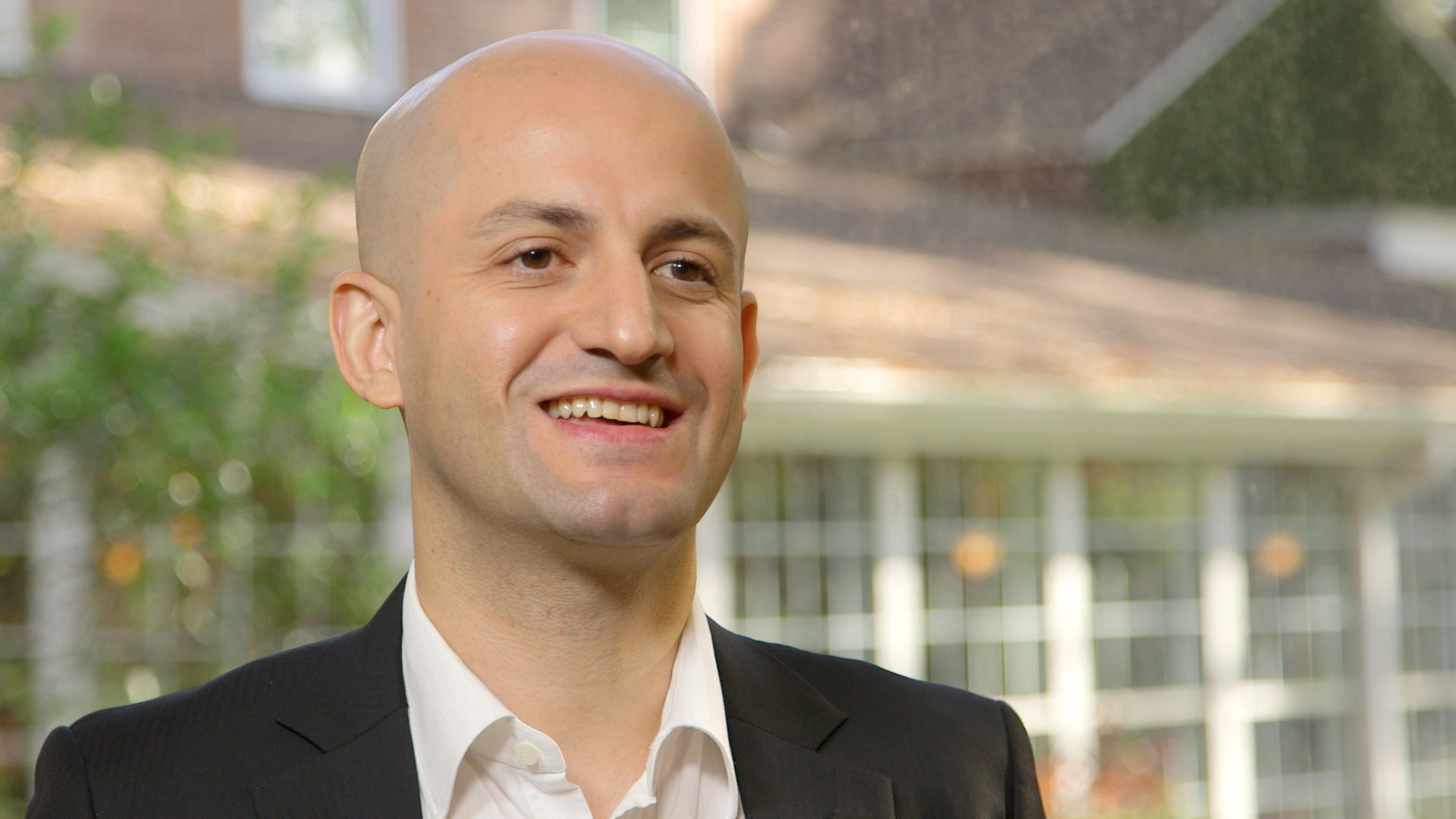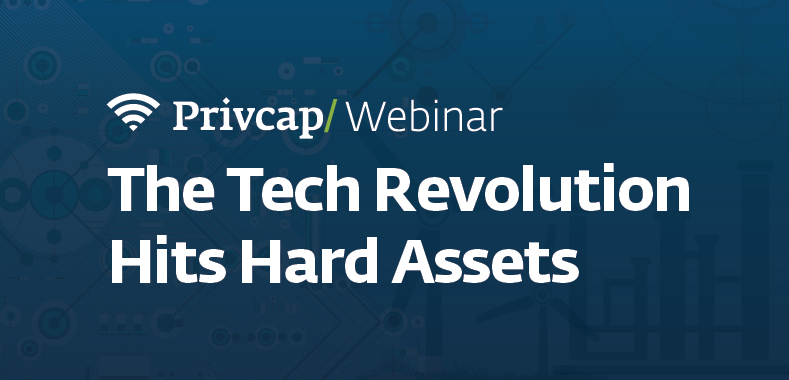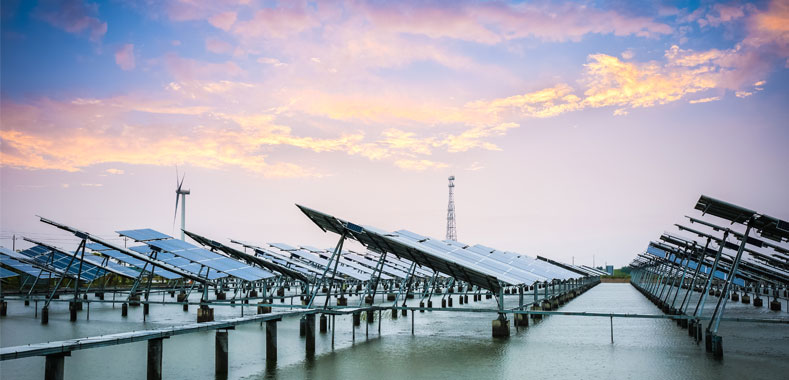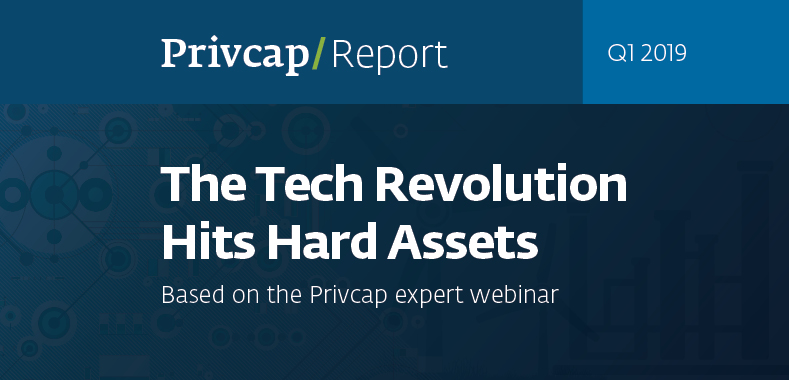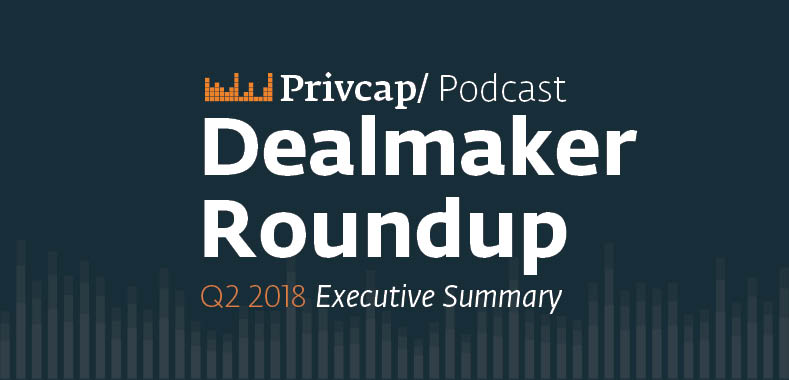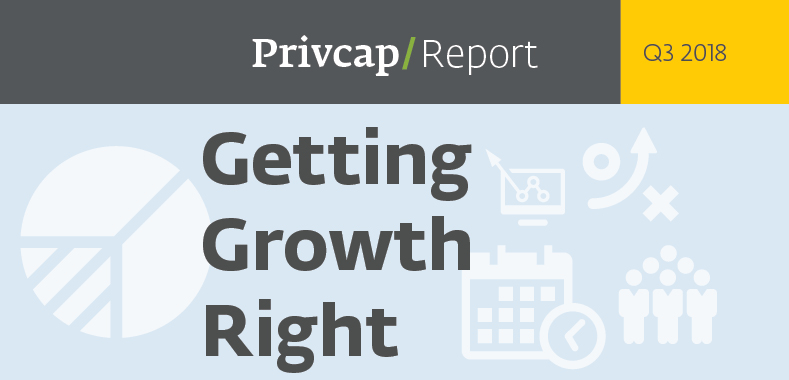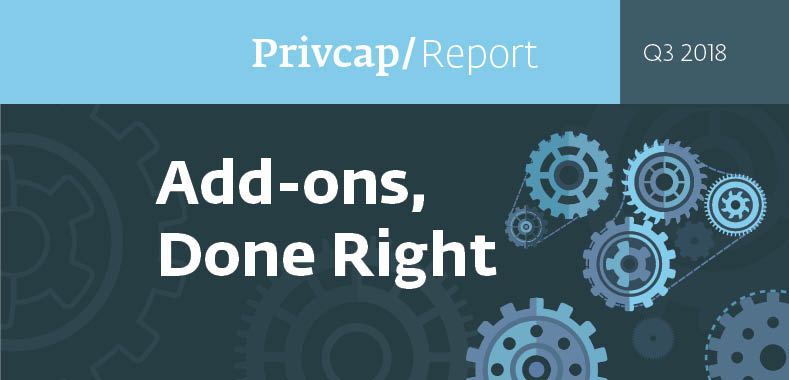Is Now the Time to Invest in Renewables?
Download the article here
As renewable tax subsidies fade away, has a new opportunity emerged for private equity? KPMG’s John Gimigliano explains.
Privcap: How would you characterize the growth in renewables in the past decade?
John Gimigliano, KPMG: If you look at renewables as a share of the total sources of energy in the U.S., it’s more than doubled in the last ten or so years. And that’s really impressive, especially when you consider during that time, most renewables, at least on pure price, were more expensive than coal and natural gas. That tells you that something important was going on.
How have tax credits impacted the industry over the past decade?

KPMG
Gimigliano: I worked on Capitol Hill in 2005 for the Energy Policy Act of 2005, when we enacted the Solar Investment Tax Credit.
Since then, the cost of solar has come down substantially, maybe more than anyone expected. Back in 2005 when we created that tax credit, we honestly weren’t sure that anybody would ever actually use it. It really was almost a throwaway in the Energy Policy Act of 2005, added at nearly the last minute. And now in retrospect, it was probably the single most important piece of that whole bill, in terms of fundamentally transforming energy in the United States.
How is the phase-out of subsidies likely to impact the industry?
Gimigliano: The phasing out or the elimination of those subsidies I do think will change the economics of investment, ownership, and development of renewables. There will be greater rigor around the economics of renewables projects simply because there won’t be any subsidy to fall back on. I think you could see a shift in ownership from the traditional investors to new players. For example, maybe you’ll see strategic investors, like utilities, play a larger role, relying on things like rate base and other things to subsidize some of the cost of renewables.
Subsidies are going away just as tariffs are hitting the industry. What’s the likely impact?
Gimigliano: I think it’s safe to say, at least to date, the impact of those tariffs on solar industry have been minimal. Those are relatively modest tariffs, and I just believe the momentum behind the solar sector is so great right now that they are just not sufficient to really slow it down in a material way.
What advances are required to increase the penetration of renewable energy sources?
Gimigliano: The next frontier I think, for the industry, is not so much the technologies of wind and solar, which are well on their way to being mature. The next frontier is battery storage. The government could choose to jump in and figure out a way to develop a federal strategy or subsidy or program that can further its development.
The reason that battery storage is such an important issue is that wind, gas, and solar and many other sources of renewable energy are intermittent. They aren’t 24/7 like coal or nuclear or other things. And so, to provide power all the time, you’re going to need some method of storing that energy. In other words, you’ll produce solar during the day, wind in the evening or at night, and you’ll use battery technology to deliver it when people actually need it.
What’s the most important risk factor for institutional investors thinking about deploying capital in renewables?
Gimigliano: One of the risks to think about for renewables is, that to get significantly higher than 20 percent, to approach 50 percent and beyond, you’re really going to have to have a breakthrough on storage technology or battery technology. That’s not here yet. A lot of people are working on it, but it’s something that’s going to have to be solved. So at least with today’s technology, at some point we will have reached a practical cap on renewable capacity.
As the industry matures, what’s the opportunity for private equity?
Gimigliano: I think for private equity or institutional investors, investing in renewables was always a challenge. In part because renewables finance, over the years, has been very tax leveraged. And if you’ve got mostly tax indifferent parties looking to invest, that has never been easy to solve for. So, I think one of the coming opportunities is that we now have assets that have been in operation for five or ten years that are now coming out of that period where investors rely on their tax attributes. These assets will be sold again into the secondary market with long, useful lives ahead, with contracted sales of power, et cetera. And I think it’s an opportunity for non-tax-motivated investors to take a second look at those assets as they come back out into the market.
KPMG’s John Gimigliano discusses the emerging opportunity for private equity investment in renewable energy.
